News
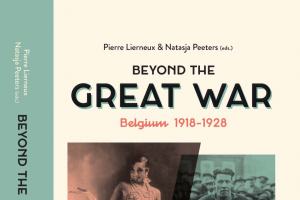
On 11 November 1918 the guns on the Western Front finally fell silent. Some of Belgium’s finest historians explain how their country struggled back to its feet after four long years of wartime misery. Many towns and villages had been razed to the ground and the Belgian coastal region had been transformed into a giant moonscape. Factories had been plundered and harbour installations destroyed. Unemployment was at unprecedented levels and sickness and disease weakened the population. To make matters worse, there was an acute shortage of food. The human cost of the First World War was also immense: society as a whol...

The ultimate retrospective study of Belgium during the Second World War!
The Second World War remains to this day the most notorious period in Belgian history. Seventy-five years after the liberation, the debate on the dark years of war is still raging. With this new reference work on Belgium and the Second World War, historians and other specialists from various research centres take stock: How did the war affect Belgian society?
War. Occupation. Liberation maps out all facets of war and goes beyond the lines of traditional war history. The authors not only reconstruct the military operations and the comple...
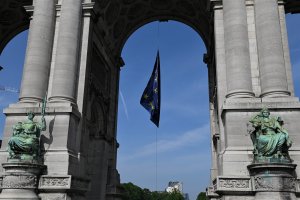
By the end of the Second World War Europe is in shambles. Its industry is a mere shadow of its former self and the continent hardly has any weight on the international scene. The major world powers distrust one another. The bloody 1939-1945 armed conflict turns into another kind of struggle, the “Cold War”. In 1946 Winston Churchill evokes an “Iron Curtain” dividing Europe in two rival halves and creating two German States. The curtain becomes a physical reality in 1961, when the Berlin Wall is built. Two world visions oppose one another and support different unification strategies. The federalists defend a Europ...
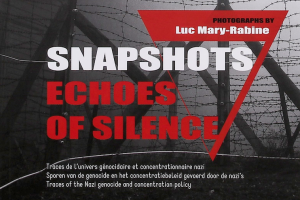
In the framework of the 75th anniversary of the end of the Second World War and the discovery of the horror of the Nazi camps, this book shows the remains of the concentration camps and extermination centres today. The venues, photographed in black-and-white by Luc Mary-Rabine, are now deserted, but they nevertheless indicate what took place there. The silence engenders a train of thought. Nature has somewhat obliterated the horror and re- established its rights. This gives rise to hope: “not ever again”.
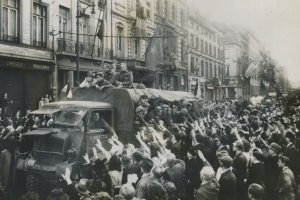
On May 8 1945 the Second World War came to an end in Europe. Take a moment to reflect upon that event today and commemorate the countless heroes who went the extra mile to defend our liberty. Together we have to safeguard their memory.
You feel like diving into history to learn exactly how the Allies beat the Germans? Come and see us this weekend and discover our exhibition about ’40-’45!

The panorama on top of the triumphal arch will not be accessible to the public on Sunday the 9th of May 2021 due to circumstances.
We thank you for your understanding.

On Monday 26 April the C-130 'CH-13' performed its ultimate flight after nine years of “good and loyal services” with the Melsbroek 15th Wing. Accompanied by two F-16s and followed by an A400-M Atlas the airplane with the ever so characteristic silhouette landed for the very last time at Beauvechain airbase.
Defence bought twelve C-130H-Hercules in 1972 to replace the C-119 Fairchild Flying Boxcar. During their – very – long career they flew countless military and humanitarian missions. Since 2017 the planes are progressively being withdrawn, to be replaced by the Airbus A400-M Atlas. Defence asked the War H...
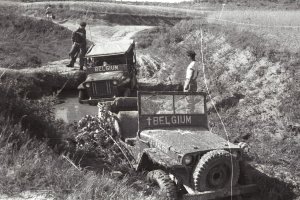
70 years ago Raymond Behr and Auguste Pallemans, volunteers for Korea, witnessed the events of the "forgotten war" from up close. They tell us their stories.
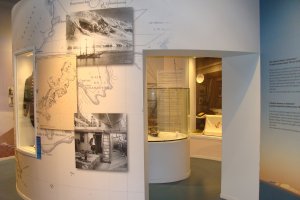
For Earth Day 2021, on 22 April, ICOM (International Council of Museums) joins the “United for Biodiversity” initiative, in order to sensitize for the need to protect biodiversity and to make greater efforts in the museum and cultural sectors. Museums are sources of reliable information and therefore particularly suited to rouse communities to generate positive actions, to promote respect for all things living and the systems of the earth on which the future of our planet hinges. At the Royal Military Museum the “Antarctica” gallery provides visitors with the opportunity to dive into the expeditions our country l...

When the war breaks out Victor is billeted in one of the forts around Antwerp but when the Belgian army retreats behind the Yser he switches to the 5th Army Division and its trench artillery. Contrary to the colleagues with the field artillery who fight quite some distance away from the frontline the trench artillerists are in close contact with enemy positions and therefore exposed to great danger. They are rapidly located by the Germans. On 29 June 1915 Victor is hit by German fire. He dies at the Alveringem first aid post and is laid to rest in a temporary grave. On 27 August 1922 Victor’s coffin is transferre...


